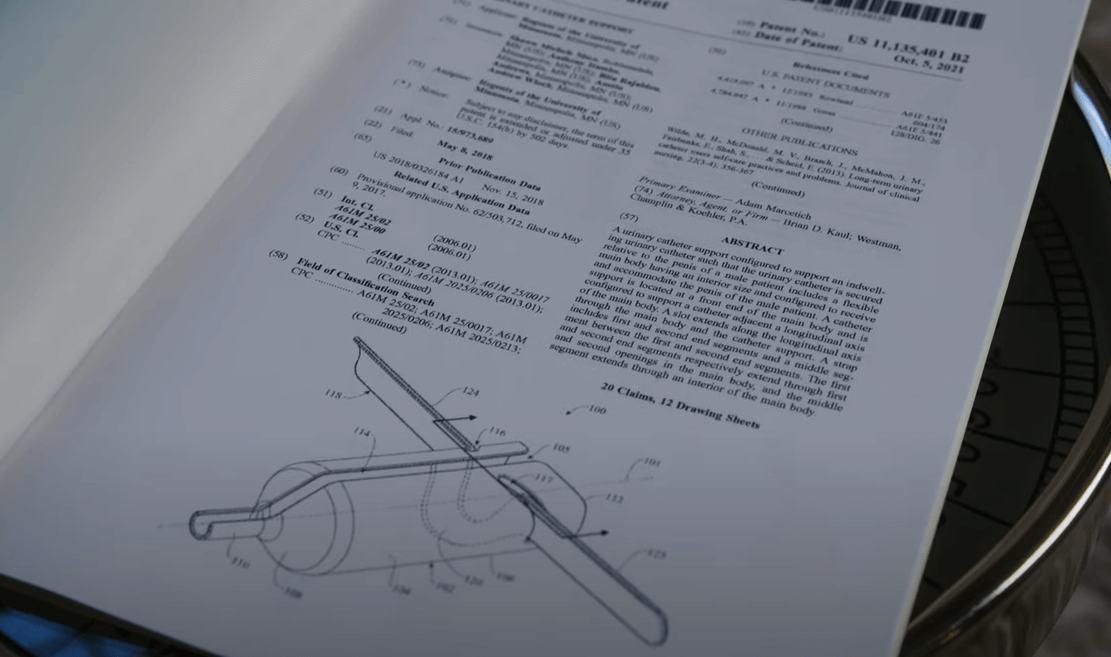
If you think you need to be an engineering or medical professional to invent a medical device, this story will change your mind.
A Minnesota grandmother and part-time customer service worker named Shawn Sisco invented a device that prevents a common problem caused by Foley catheters.
The tube of the Foley catheter has been known to bend or twist, abrading the skin of its user. It happened to Sisco’s husband, to such a severe degree that it created a one-inch incision that caused him intense pain. With even the slightest movement, the torquing tube caused his skin to further erode.
Motivated by her husband’s discomfort and immobility, Sisco went in search of a solution, only to find that no product existed that addressed this common consequence of a shifting catheter.
In a moment of genius, Sisco took a squeezable tube of hand cream and cut it open in a way that would allow the catheter tube to be guided through the nozzle, keeping it in place and preventing further damage to the skin.
To Sisco and her husband, it seemed a miracle. It worked immediately, eliminating his pain and allowing him mobility.
Sisco sought the guidance of John Rizvi, The Patent Professor®, who helped her patent the invention.
With no experience or knowledge in how to market an invention to manufacturers, Sisco started calling catheter makers directly, but to no avail. Eventually, she became aware of a program at the nearby University of Minnesota that was actively seeking medical device inventions to develop as part of a mentoring program with its mechanical and bioengineering students. Sisco applied to the program with her urinary catheter support and it was selected for development.
The product is nearing the end of development and will be brought to the market soon.
Meanwhile, Sisco’s story is an encouraging example of how medical devices can be invented and patented by anyone – no medical or engineering experience is necessary.
In their essence, many inventions are solutions to problems, and game-changing solutions don’t have to be complex and highly technical. In Sisco’s case, a tube of hand cream and a pair of scissors filled a void where for years, users of Foley catheters have suffered unnecessary pain and injury.
Sisco’s success also serves as a rebuttal to those who say, “It’s all been done. There’s nothing left to invent.”
Yet the world remains imperfect and brimming with problems just waiting to be solved – and sometimes the solutions are right at hand






